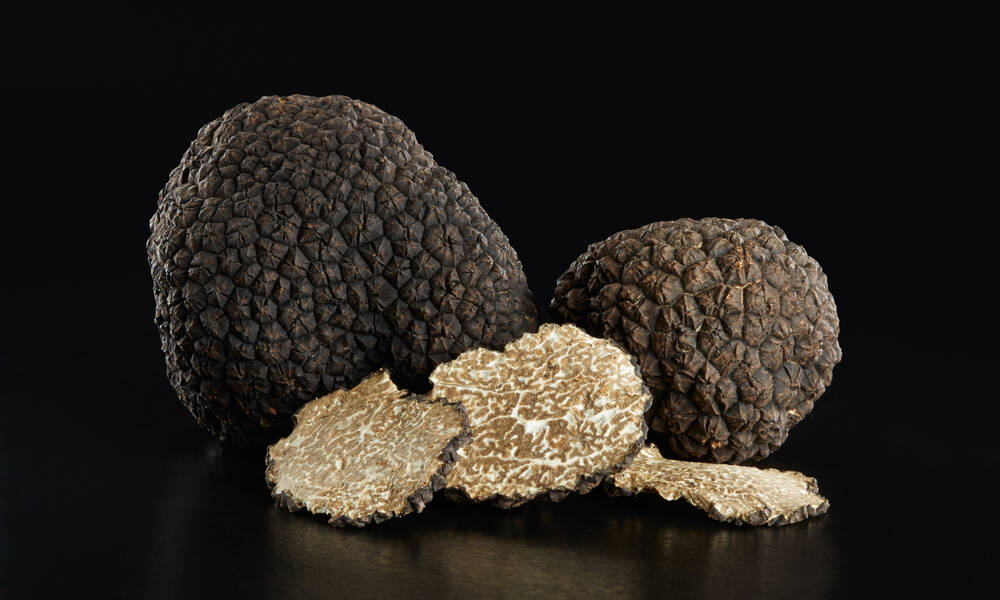
How a Just-Formed Truffle Group Scored an Early Win
The Idaho Truffle Growers Association, trying to cultivate an industry from a challenging fungus, saw near-immediate support for its mission in the form of a large research grant from the state.
When a group of truffle farmers in Idaho decided to form an association back in May, a driving factor behind it was to build support for research efforts around a difficult-to-grow crop that’s surging in popularity.
It didn’t take long for the Idaho Truffle Growers Association to see results.
About a month after officially forming, ITGA received more than $100,000 in funding from the Idaho State Department of Agriculture—a significant chunk of the $1.86 million handed out by the department this year. The money will go toward efforts to build best practices around growing the valuable fungus, many variants of which are popular as gourmet delicacies. It could help put a scientific basis behind the process.
Paul Beckman, ITGA’s president and a truffle pioneer in Idaho (he planted his first trees in 2006 in hopes of producing truffles), welcomed the efforts, telling the Idaho Farm Bureau Federation that raising truffles has been something of a guessing game for growers up to this point.
“It’s hard to get these truffles to produce,” he told the federation. “We hope to figure out a simple way to cause the trees to fruit and be more productive than they have in the past. We’re really trying to figure out what triggers the fungus.”
Part of the challenge that growers face is that truffles are generally cultivated indirectly, with a host organism, typically a tree, attracting truffle growth on its roots. Another factor for growth involves the soil quality. Because of the symbiotic nature of their growth, they are incredibly valuable, with truffles selling for hundreds or even thousands of dollars per pound.
“It’s a strange crop,” Beckman told the Idaho State Journal this week. “Most of the time, you’re trying to guess what will work.”
Idaho’s growers aren’t alone in facing truffle challenges—the crop has stymied farmers for hundreds of years—but the funding could help build consistency for the roughly 16 farmers that are cultivating truffle spores, as it would allow ITGA to work with industry experts, such as Tom Michaels, a scientist whose Tennessee Truffle operation was at one point one of the industry’s most successful, producing hundreds of pounds of black truffles each year. (As The Wall Street Journal explained, Michaels’ streak of success ended after hazelnut blight took out his host trees.)
Beckman told the State Journal that if the group’s efforts see success, they might be the perfect marketing companion for a better-known type of Idaho crop.
“There’s a real synergy in promoting Idaho potatoes with Idaho truffles. For one, they’re delicious together,” he said.
(AndreaAstes/iStock/Getty Images Plus)






Comments